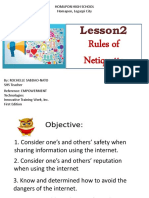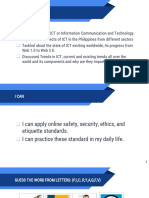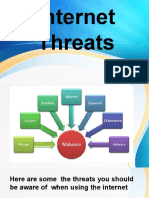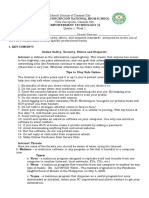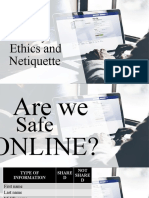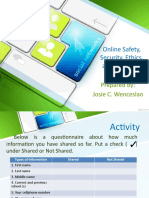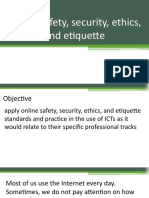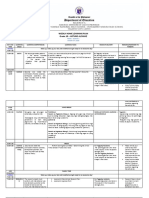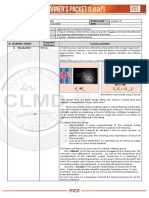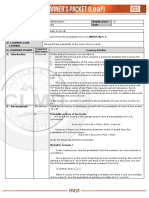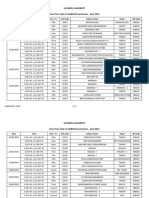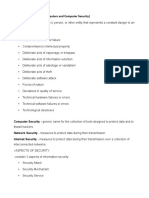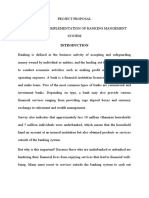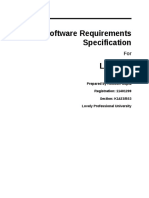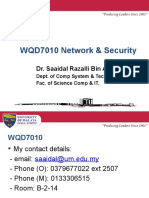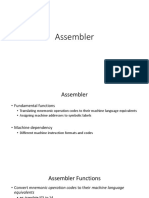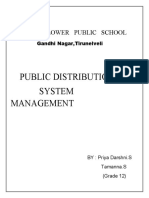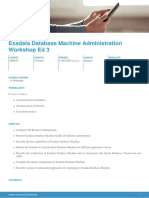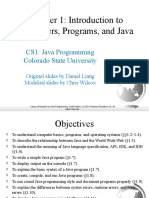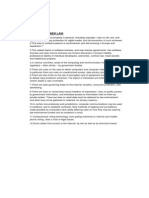0% found this document useful (0 votes)
141 views60 pagesICT Basics and Online Safety Tips
The document provides information about information and communication technology (ICT) including its key components like hardware, software, cellphones, desktops, laptops, and network devices. It also discusses trends in ICT such as convergent technologies, social media, mobile technologies, and the world wide web. The document then provides tips on how to stay safe online including being mindful of what you share, reading privacy policies, using strong passwords, avoiding public WiFi networks, not downloading from untrusted sites, and installing antivirus software. It also outlines various internet threats like malware, viruses, worms, trojans, spyware, keyloggers, adware, spam, and phishing.
Uploaded by
Vianca Andyella BendoCopyright
© © All Rights Reserved
We take content rights seriously. If you suspect this is your content, claim it here.
Available Formats
Download as PDF, TXT or read online on Scribd
0% found this document useful (0 votes)
141 views60 pagesICT Basics and Online Safety Tips
The document provides information about information and communication technology (ICT) including its key components like hardware, software, cellphones, desktops, laptops, and network devices. It also discusses trends in ICT such as convergent technologies, social media, mobile technologies, and the world wide web. The document then provides tips on how to stay safe online including being mindful of what you share, reading privacy policies, using strong passwords, avoiding public WiFi networks, not downloading from untrusted sites, and installing antivirus software. It also outlines various internet threats like malware, viruses, worms, trojans, spyware, keyloggers, adware, spam, and phishing.
Uploaded by
Vianca Andyella BendoCopyright
© © All Rights Reserved
We take content rights seriously. If you suspect this is your content, claim it here.
Available Formats
Download as PDF, TXT or read online on Scribd
/ 60









